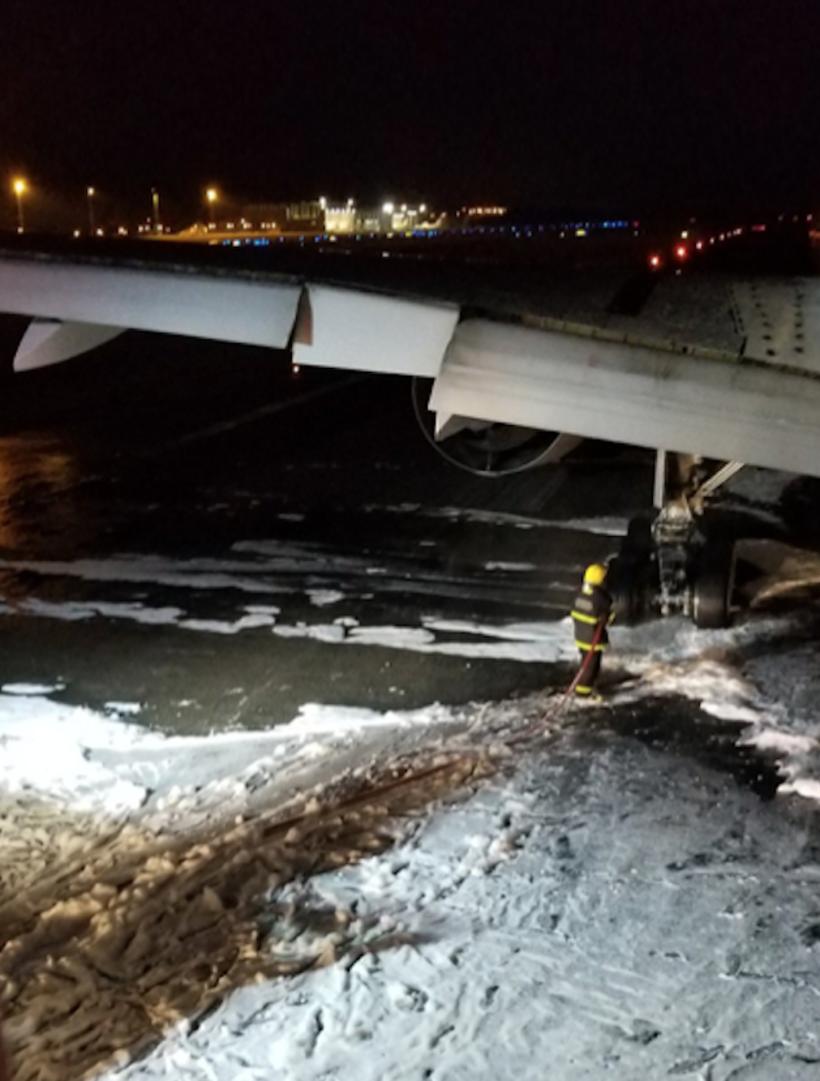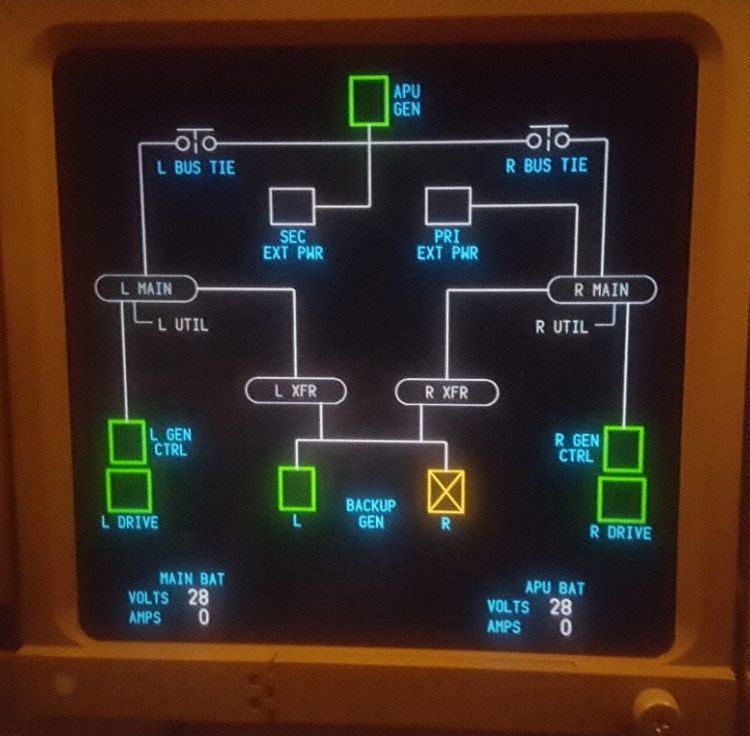LATAM Boeing 777 encounters serious electrical problems
On the 20th of December, 2018, a LATAM Boeing 777-300 encountered serious electrical problems, forcing the pilots to put the aircraft down in a firm manner.
The aircraft, registered PT-MUG, performing flight LA8084 from Sao Paulo to London Heathrow, was on its way at 29000 feet when the pilots initiated a diversion due to a problem with the electrical system. During the re-route, the Ram Air Turbine (RAT), was deployed, providing basic electrical power to necessary flight instruments and controls.
Upon landing at the nearest suitable airport, Belo Horizonte, 12 tires deflated due to the overweight nature of the aircraft, being unable to dump fuel, subsequently leaving the runway disabled until the aircraft was serviceable. Firefighters doused the tires and surrounding areas with foam to prevent any fires caused by the heat of the brakes and any sparks.

All 341 passengers and 16 crew members disembarked from the aircraft using external air stairs and were transported with the pilots to the airport terminal, where a large applause was presented to the pilots for bringing the aircraft down safely.
Comments from passengers outlined the fact that a strong electrical scent was present in the cabin before the diversion was initiated, with the cabin lights and entertainment systems cutting out not long after.
Later reports from crew and technicians also mentioned all navigation equipment failed and the aircraft had to be guided back by air traffic control.
The Aviation Herald, a reputable source for accidents and incidents within the aviation industry, reported the electrical problems began at the right hand backup generator which had failed. This caused the transfer and converter circuit breakers to trip, leaving all electrical buses without power. Additionally, the main generators as well as the APU generator were inoperative, leaving only critical systems running from standby busses, such as the VHF radios, emergency lighting and some cockpit displays.
The following image, sourced from The Aviation Herald, displays the electrical system page on the Boeing 777.

After an inspection of the aircraft, it was found that rather a generator fault, it was a distribution fault. With the engines shut down, power returned to the aircraft.
Flight data from tracking services indicated that during flight, there were various fluctuations in airspeed and altitude readings.
The following images show the aircraft on the ground after the landing and clearly highlight the damage to the tires and emergency efforts to keep the aircraft, passengers and crew safe.


An investigation is currently in the process of being launched as to what caused the occurrence and has since been listed as serious.
A Boeing 747 pilot noted the incident as a possible phase imbalance in the power system, which can cause all generators to go offline in a protected or unprotected manner. With all generators offline because of this occurrence, they can’t be reset until on the ground. A whole range of items can cause a phase imbalance, leading to, in extreme cases, a rapid increase in temperature or component failure.
Given the mention of navigation failures due to an electrical problem, it’s worth noting that recently an Air India Boeing 777, registered VT-ALQ, also suffered from various systems failures. Although not specifically electrical, the aircraft was left without its localizer, radio altimeters, two out of three altimeters, TCAS and some other navigation and information receiving systems.

With unfavorable weather and low fuel, the pilots were praised by all 370 people on board for their excellent flying skills given the conditions.
An investigation is still ongoing as to what caused them to lose the systems.
Despite these two incidents, the Boeing 777 is still an excellent aircraft with a phenomenal safety record. The large amount of training pilots undergo and the availability of emergency backup systems means pilots can handle these occurrences extremely well. As always, Boeing will provide aid into what caused the problems to ensure there are effective measures to preventing them from occurring in the future.




